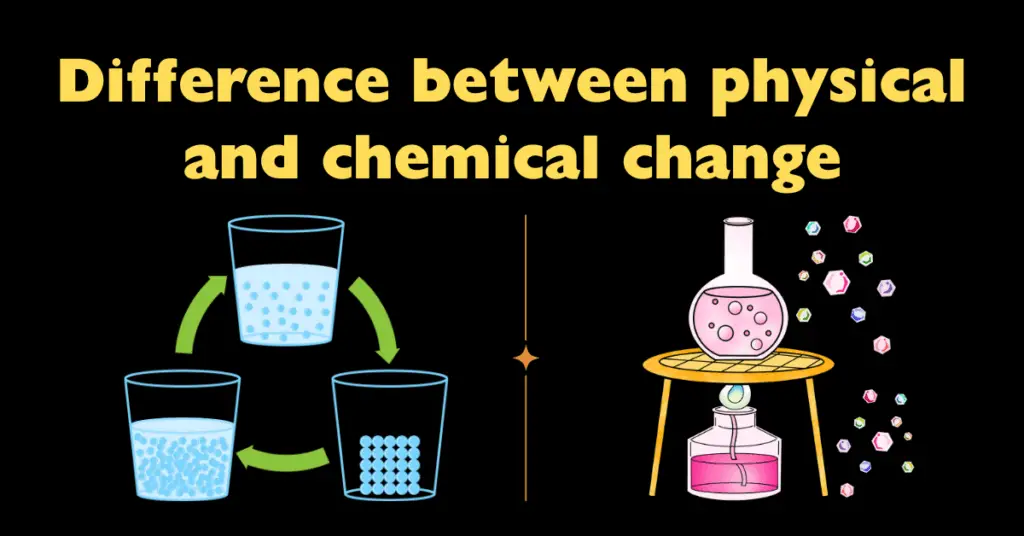Learn the difference between metal and non-metal. Discover how they differ in terms of physical and chemical properties.
Metals and non-metals are an integral part of our lives. Apart from day-to-day life situations, metal and non-metal are industrially very important. All these metals and non-metals are obtained from minerals.
All the elements of a periodic table can be divided into metals, non-metals and metalloids. Here we will discuss the various physical & chemical properties of Metals and Non-Metals and try to find out what are the basic differences between them.
What are metals and non-metals
Metal:
Metals are naturally occurring substances beneath the earth’s surface. Metals in general heat and electricity-conducting materials. They are hard, shiny, malleable, fusible, and ductile in general. A metal is defined in chemistry as an element that can easily form positive ions called cations and tends to form metallic bonds.
Non-Metal:
Non-metals are natural materials that are structurally brittle and do not conduct heat or electricity. They are neither malleable nor ductile. In chemistry, a non-metal is a chemical element that generally gains electrons when reacting with metal and has a tendency to form an acid when combined with oxygen and hydrogen.
Physical Difference Between Metal and Non-Metal
Elements can be broadly divided into two categories:
- metals and
- non-metals.
They differ in terms of both physical and chemical properties. Let us now explore the physical characteristics of both metals and nonmetals. The table given below shows the difference between metal and non-metal on the basis of physical properties or physical characteristics:
| METAL | NON-METAL |
| Except for Mercury, which is a liquid metal at room temperature, all of these are solids at room temperature. | At room temperature, these can exist as a solid, liquid, or gas. |
| Except for Sodium, these are quite hard. | Except for diamonds, these are all soft. |
| They are lustrous and can be polished to provide a shining surface that reflects light. | These are non-lustrous and cannot be polished except for iodine. |
| Metals are malleable. They can be beaten into thin sheets. They are also ductile and can be drawn into wire (except for a few metals like Na, K etc.) | Non-metals are Brittle (break easily). They are neither Malleable nor Ductile. For e.g. coal, (carbon) and sulphur |
| Metals have a high density in general. | Nonmetals have a low density in general. |
| Metals are good heat conductors. | Nonmetals are poor heat conductors. |
| Metals are excellent electrical conductors. | Except for carbon in the form of graphite, nonmetals are typically poor electrical conductors. |
| Metals have high melting points in general. | The melting points of nonmetals are low. |
| Metals are sonorous, producing a distinctive metallic sound when struck. (e.g. school bell) | They are non-sonorous. |
Some important facts about metals and non-metals based on their physical properties
- Mercury is the only metal that exists in liquid form at room temperature, and bromine is the only nonmetal that exists n liquid form at room temperature.
- Diamond conducts heat better than copper but conducts electricity poorly.
- Graphite and iodine have a metallic appearance despite being nonmetals.
- Sodium metal is soft, similar to wax, and can be cut with a knife.
- If we held gallium metal in our hands, it would melt.
- Gold and silver are the metals that are the most malleable and ductile.
- The free state contains gold, silver, platinum, and copper. This is due to their low reactivity in comparison to other metals.
- Graphite is the only nonmetal that is a good electrical conductor but a poor heat conductor.
Chemical Difference Between Metal and Non-Metal
Let us now look at the difference between metals and non-metals on the basis of chemical properties:
| METAL | NON – METAL |
| Metals form basic oxides | Nonmetals form acidic or neutral oxides. |
| Metal atoms typically have 1-3 electrons in their outermost shell. | Nonmetals typically have 4-8 electrons in their outermost atomic shell. |
| Metals can easily lose electrons. | Nonmetals cannot easily lose electrons. |
| Metals are naturally electropositive. | Nonmetals are naturally electronegative. |
| Metals displace hydrogen from water or steam | Non-metals do not react with water or steam |
| Metals displace hydrogen from dilute acids. | Non-metals do not react with dilute acids. |
| Metals form ionic chlorides with chlorine | Non-metals form covalent chlorides with chlorine. |
| Metals are good reducing agents. | Non-metals are good oxidizing agents. |
Frequently Asked Questions
Metals and nonmetals are terms used to describe elements. Plastic is a polymer composed of several nonmetals such as carbon, hydrogen, oxygen, nitrogen, and so on.
Metal is a broad term for a group of substances with high electrical and thermal conductivity, as well as malleability and ductility.
Diamond is a carbon allotrope, not a metal. It has no physical or chemical metal characteristics like electrical conductivity, malleability, ductility, acid or salt reaction, etc.

